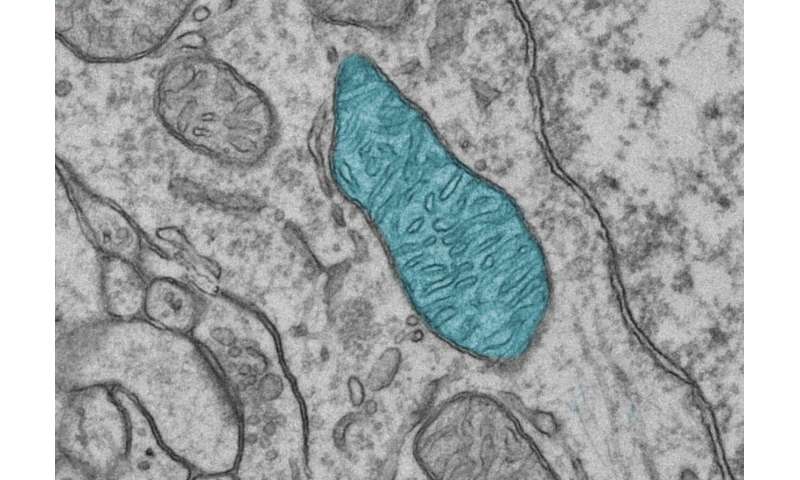
The powerhouse of the cell, the mitochondria, provides energy for cellular functions. But those activities can become disturbed when chronic stress leads to anxiety symptoms in mice and humans. Iiris Hovatta of the University of Helsinki and colleagues report these findings in a new study published 26th September in PLOS Genetics.
Chronic stress due to stressful life events, such as divorce, unemployment, loss of a loved one and war, are a major risk factor for developing panic attacks and anxiety disorders. Not all people who experience stressful life events go on to develop a disorder, however, and scientists are trying to identify the pathways that lead some people to be resilient to stress, while others become vulnerable to anxiety. In the current study, researchers studied mice that developed symptoms of anxiety and depression, such as avoiding social interactions, after being exposed to high levels of stress. Using a multi-pronged approach, they tracked changes in gene activity and protein production in a key region of the brain for stress-response and anxiety.
The analysis pointed to a number of changes in the mitochondria in the brain cells of mice exposed to frequent stress, compared to the non-stressed mice. Furthermore, testing of blood samples collected from patients with panic disorder after a panic attack also showed differences in mitochondrial pathways, suggesting that changes to cellular energy metabolism may be a common way that animals respond to stress.
The discovery that high levels of stress may substantially impact the functioning of the powerhouses of the cell opens up new avenues of research into stress-related diseases. “Very little is known about how chronic stress may affect cellular energy metabolism and thereby influence anxiety symptoms,” said author Iiris Hovatta. “The underlying mechanisms may offer a key to new targets for therapeutic interventions of stress-related diseases.”
Source: Read Full Article
